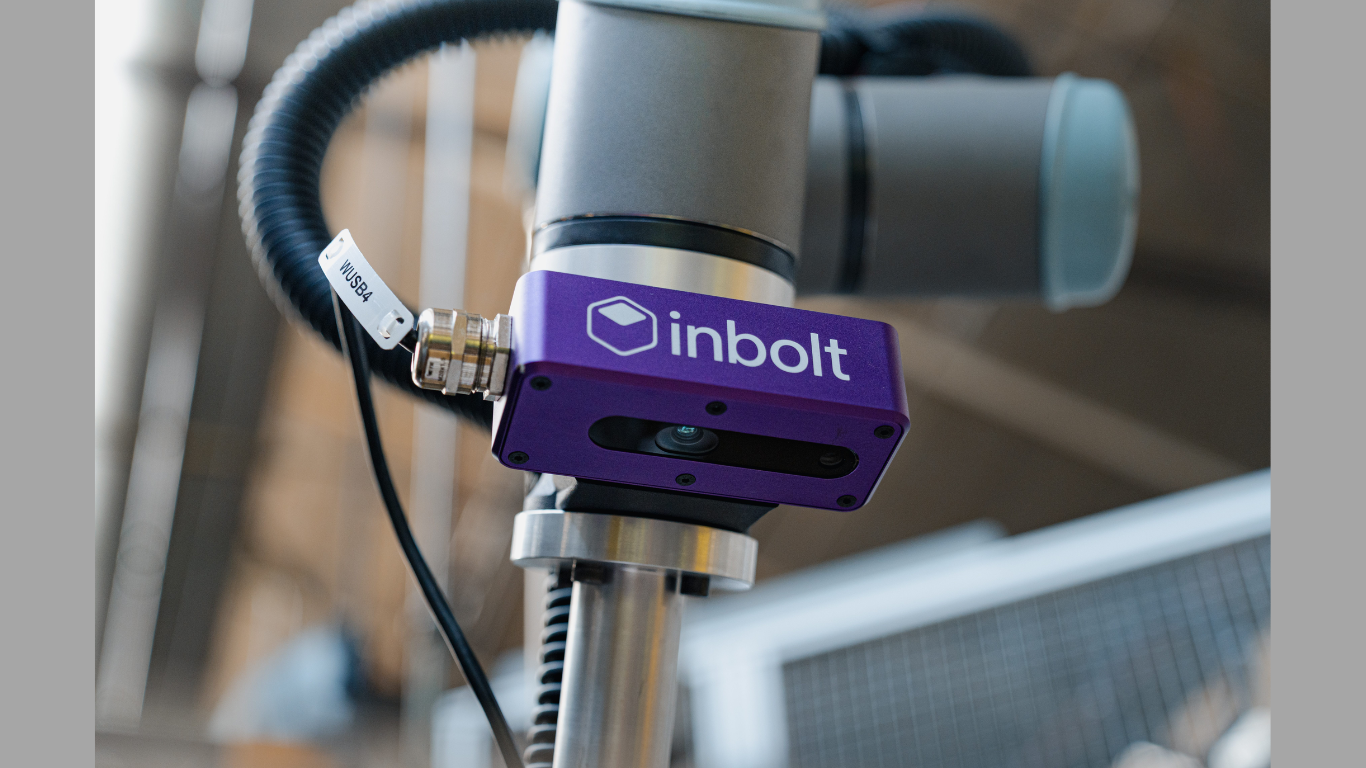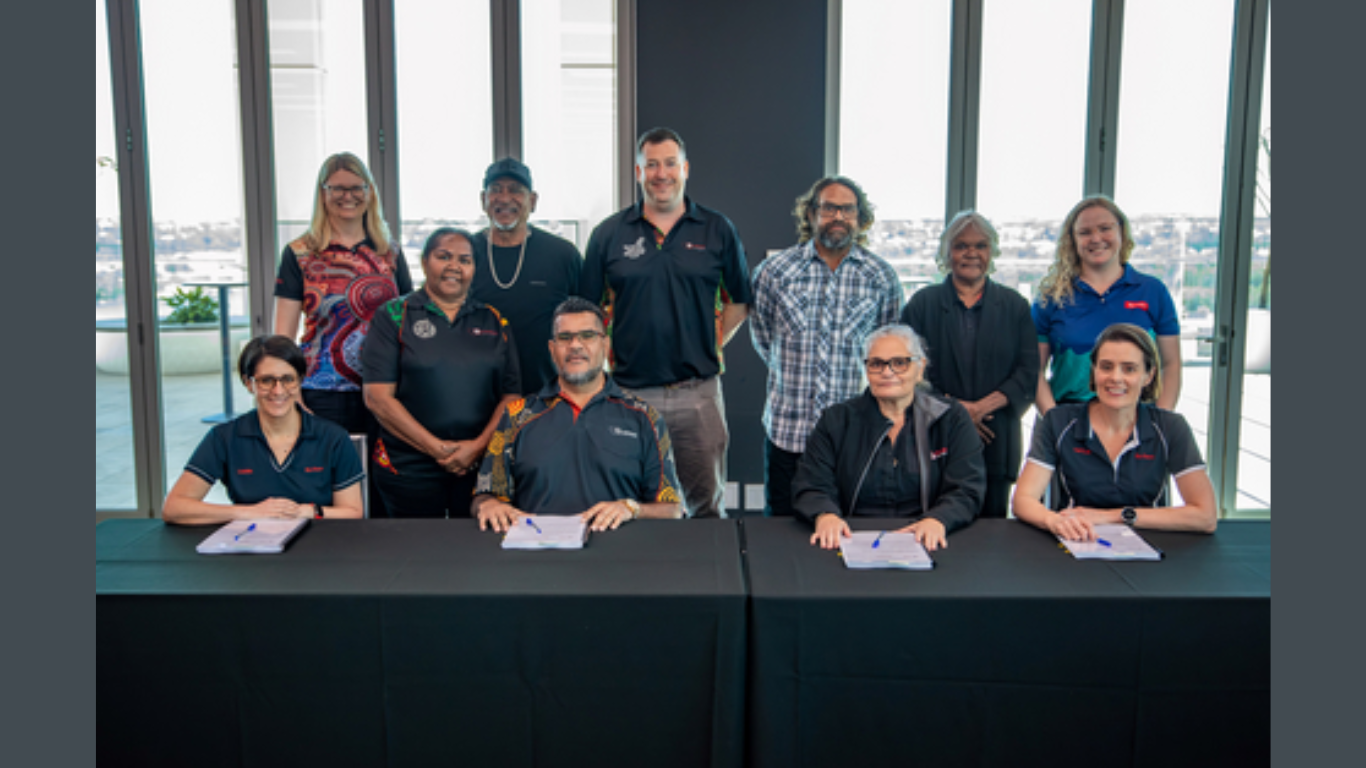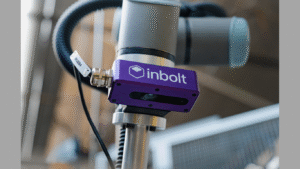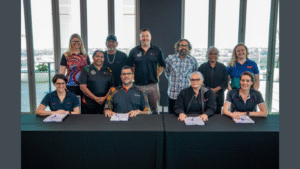SEO starts at the source, your website’s structure. No matter how refined your content or how defined your audience, poor technical setup will block results. Headers, metadata, speed, and mobile readiness are not add-ons. They are the framework holding everything in place. The same goes for decision-stage content. Without feature pages and direct comparisons, you leave high-intent traffic to your competitors. Instead of hoping buyers find you, guide them with focused pages built for search and conversion. This isn’t about trends or tricks. It’s about tightening the fundamentals that make growth possible, faster, leaner, and with measurable traction.
Improve On-Page and Technical SEO
Technical SEO builds the foundation of any effective online presence for SaaS companies. Your website won’t rank even with perfect content and audience targeting if search engines can’t crawl, understand, or render your pages properly. Let’s look at how to build a stronger technical foundation and boost your visibility.
Use Proper Heading Structure and Meta Tags
Well-laid-out headings work as signposts for both readers and search engines. They create a logical hierarchy that helps readers understand and move through content better. Screen reader users rely on headings to move between sections, according to accessibility experts.
For optimal structure:
- Your page title should be the only H1 tag
- Main sections need H2s with H3s for subsections
- Keywords in headings should match the content they describe
Meta elements give your site self-awareness and tell crawlers what each page means. Title tags, meta descriptions, and other HTML elements substantially affect how search engines read your pages. Poor heading structure confuses search engines and hurts your ranking potential. A quality SaaS SEO agency will review your heading structure to spot these issues.
Ensure Mobile Responsiveness
Mobile optimization isn’t optional any more. Google users have been mostly mobile since 2015, which makes mobile-friendly design essential. Mobile devices generated over 58.33% of all website traffic globally in early 2023.
Google ranks and indexes sites based on their mobile version first. Sites without responsive design will rank lower. Bad mobile design has immediate effects. Users abandon pages that take more than three seconds to load 53% of the time. High bounce rates tell Google your site offers poor user experience.
A good mobile responsive design:
- Fits different screen sizes and devices automatically
- Makes navigation touch-friendly
- Performs well on all platforms
- Shows content in a clear, organized way
Fix Slow Load Times and Indexing Issues
Load speed greatly affects user experience and search rankings. The probability of bounce increases 32% when pages take 3 seconds to load instead of 1 second. Speed optimization matters deeply for any SaaS SEO strategy.
Speed improvements come from:
- Using compressed images and better file formats
- Making CSS/JavaScript smaller and enabling browser cache
- Setting up a Content Delivery Network (CDN)
- Combining files to reduce HTTP requests
Indexing problems can hide great content from search results. Google Search Console helps you check if important pages are indexed properly. Better indexing requires:
- Updated XML sitemaps submitted to search engines
- Robots.txt files that don’t block important pages
- Canonical tags that handle duplicate content
- Fixed internal links and 404 errors
One expert puts it simply: “Without a strong technical foundation, even the best content won’t rank”. Content strategy matters, but SEO for SaaS companies needs solid technical elements too.
Use Comparison and Feature Pages
Comparison pages convert prospects effectively in SaaS marketing. These pages speak directly to customers who compare solutions and stand ready to make a purchase.
Create ‘[Your Tool] vs [Competitor]’ Pages
Your competitor comparison pages help you retain control of the story as potential customers review their options. Users in the decision stage often research alternatives before buying. Keywords generate approximately 1,900 monthly searches in the US alone.
A comparison page works best when you:
- Present clear side-by-side comparisons that showcase your advantages
- Build trust through authentic comparison charts
- Answer common questions about both solutions
- Create a proper SEO silo by organizing content in a subfolder (like /compare/)
This SaaS SEO strategy perfectly with their collection of 71 comparison pages. These pages attract over 11,000 organic visitors monthly, worth about $1 million in equivalent PPC advertising annually.
Highlight Unique Features and Benefits
Feature pages should showcase your solution’s strengths while acknowledging what competitors do well. Honest discussion about relative advantages works better than criticizing competitors.
Your features pages should:
- Match product features with pricing tiers to demonstrate value
- Speak directly to customer needs with benefit-focused language
- Make feature comparison easy with comparison tables
- Solve customer problems instead of listing features
“When you fabricate your software’s features and abilities, you’re only helping to add to churn,” says one SEO for SaaS companies expert. Prospects conducting thorough research appreciate objectivity, which builds credibility.
Target High-Intent Commercial Keywords
Prospects search for specific solutions using high-intent commercial keywords after understanding their problem. Common search patterns include:
- “[Competitor] alternatives”
- “[Competitor A] vs [Competitor B]”
- “Best [product category] for [industry]”
Smaller SaaS companies can create “three-way comparisons” to join conversations between established competitors. This tactic helps you exploit competitors’ brand awareness through content like “[Competitor 1] vs [Competitor 2] vs [Your Brand]”.
An expert SEO agency for SaaS companies like Nine Peaks Media helps develop a complete comparison page strategy with:
- Direct competitor one-vs-one comparison pages
- Alternative pages showing your solution as a substitute
- Feature-specific pages targeting commercial keywords
Conclusion
Every technical fix and content choice plays a role in performance. Clean structure supports crawlability. Fast pages keep users engaged. Mobile-first design aligns with how people actually search. And when decision time comes, comparison pages offer clarity and control. These aren’t side projects, they’re growth levers. SaaS companies serious about long-term traction need to treat SEO like a system, not a tactic. Build the technical base first. Layer in high-intent content where it matters. Review performance. Then refine. Each improvement compounds. That’s how you move from visibility to revenue, without wasted effort or guesswork.
Blog as received in the mail






























